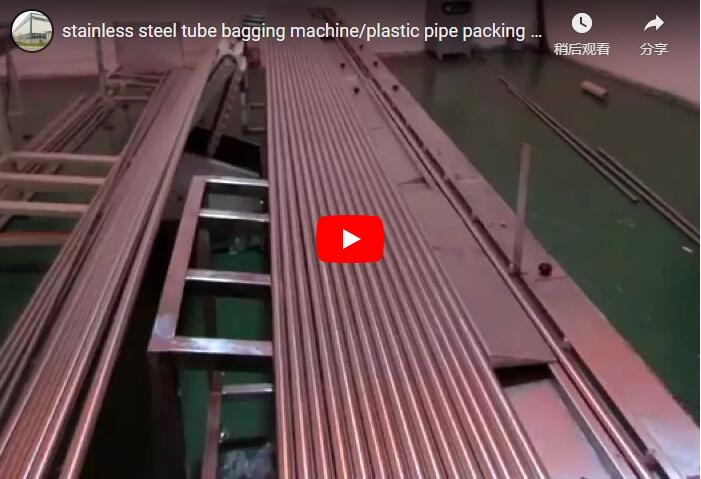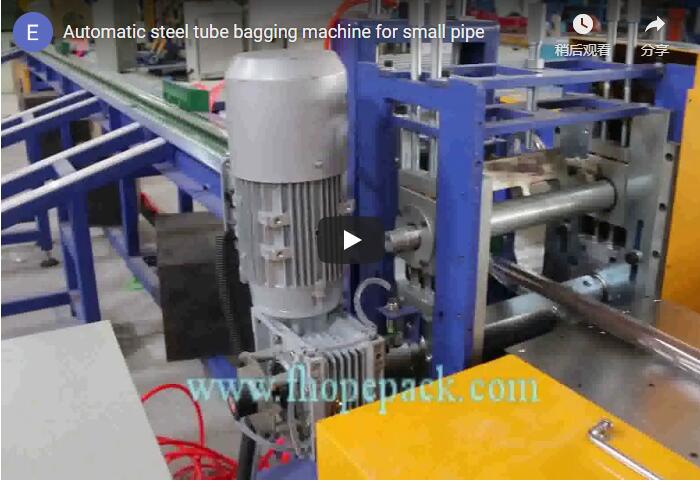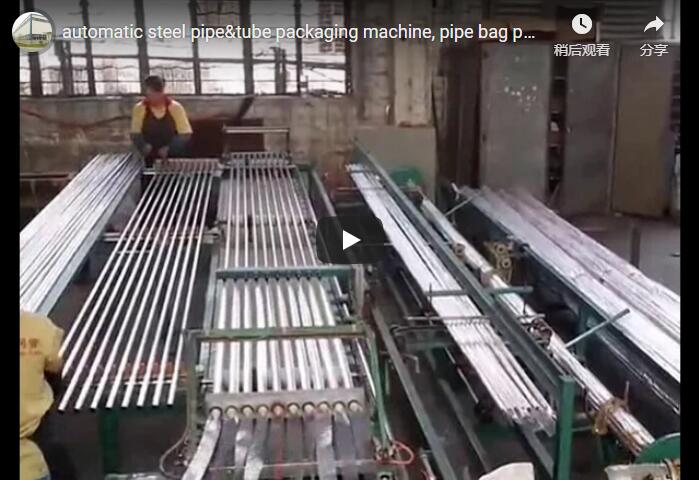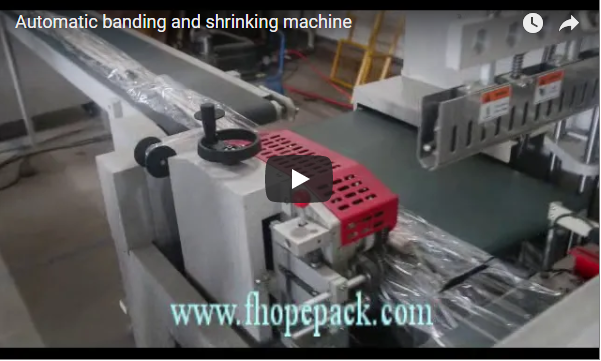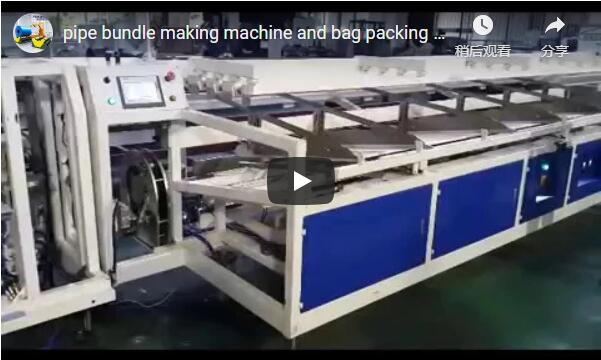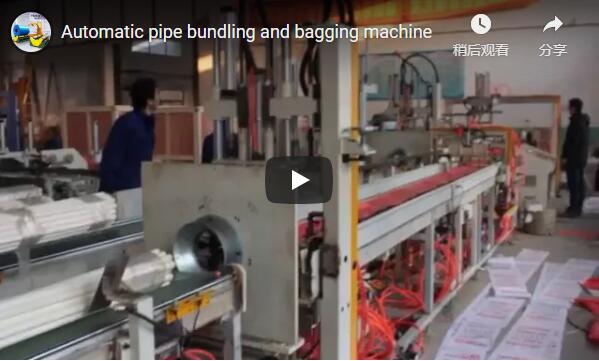Enhancing Protection & Efficiency: A Deep Dive into Automated Tube Bagging Machines
In today's competitive industrial landscape, ensuring the integrity of products like pipes and tubes during storage and transit is paramount. Damage from environmental factors or handling can lead to significant costs and delays. Enter the automated tube bagging machine – a specialized solution designed to streamline packaging operations and provide robust protection. This article delves into the technology, benefits, and considerations surrounding these essential machines.

1. Understanding the Tube Bagging Machine
At its core, a customized tube bagging and sealing machine is advanced packaging equipment specifically engineered for the pipe and tube industry. It automates the process of enclosing individual or bundled tubes and pipes within a protective polyethylene (PE) film bag, subsequently sealing it to safeguard the contents. This technology caters to manufacturers and distributors dealing with various materials, including PVC, steel, copper, and aluminum pipes.
2. The Automated Bagging Process: Step-by-Step
The efficiency of these machines lies in their automated workflow. While specific configurations vary, the general process typically involves:
- Infeed: Tubes or pre-bundled pipes are fed into the machine, often via conveyor systems.
- Bag Creation/Dispensing: The machine forms a bag from a continuous roll of PE film or dispenses pre-made bags.
- Insertion: The tube/pipe is automatically inserted into the open bag.
- Sealing: Using heat or impulse sealing technology, the machine creates a secure closure at one or both ends of the bag.
- Cutting: The sealed bag is neatly cut from the film roll (if applicable).
- Discharge: The finished, bagged product is moved out of the machine, ready for storage or shipment.
This automated sequence significantly reduces manual handling and increases throughput compared to traditional methods.
3. Key Features and Technical Parameters
When evaluating a tube bagging machine, consider these common specifications:
- Tube Diameter Range: Specifies the minimum and maximum pipe/tube diameters the machine can handle (e.g., 10mm - 200mm).
- Tube Length Range: Defines the workable length of the products (e.g., 1m - 6m or longer for custom builds).
- Bagging Speed: Indicates the throughput, often measured in bags per minute or pieces per hour (e.g., 3-8 bundles/min).
- Packaging Material: Typically low-density polyethylene (LDPE) or similar PE films; specify thickness range compatibility.
- Sealing Method: Common methods include heat sealing or impulse sealing.
- Control System: Usually PLC (Programmable Logic Controller) based with a touchscreen HMI (Human-Machine Interface) for ease of operation and parameter adjustments.
- Power Requirements: Standard industrial voltage (e.g., 380V/50Hz, 3-Phase, customizable).
- Air Pressure: Required compressed air pressure for pneumatic components (e.g., 0.5-0.7 Mpa).
(Note: Always refer to the specific manufacturer's datasheet for precise parameters.)
4. The Customization Advantage: Tailoring to Your Operations
One of the most significant strengths of modern tube bagging machines is their adaptability. Customization options allow manufacturers to:
- Accommodate Non-Standard Sizes: Configure the machine for unusually large diameters or extra-long pipes.
- Integrate Printing: Add inline printing capabilities for logos, batch numbers, or barcodes directly onto the bag.
- Optimize Sealing: Choose specific sealing types (e.g., side seal, bottom seal) based on product and protection requirements.
- Integrate with Production Lines: Design the machine to seamlessly connect with upstream processes (like extrusion or bundling) and downstream systems (like palletizing).
This level of tailoring ensures the machine perfectly fits the unique demands of your production environment.
5. Tangible Benefits: Why Invest?
Implementing an automated tube bagging machine offers compelling advantages:
- Superior Product Protection: Sealed bags shield pipes from dust, moisture, UV radiation (with appropriate film), scratches, and contamination during handling, storage, and transport.
- Increased Operational Efficiency: Automation drastically cuts down on manual labor, reduces packaging time, and enables higher throughput, leading to significant productivity gains.
- Consistent Packaging Quality: Automated processes ensure every package is sealed uniformly, reducing variability and potential weak points common in manual bagging.
- Improved Workplace Safety: Minimizes manual lifting and handling of potentially heavy or awkward tubes, reducing the risk of worker injury.
- Professional Presentation: Neatly bagged products enhance brand image and customer perception upon delivery.
- Potential Material Savings: Optimized film usage compared to manual wrapping or bagging methods can lead to cost reductions.
6. A Personal Perspective: Witnessing the Impact
Having observed these machines in various manufacturing settings, the transformation they bring is consistently impressive. I recall one client struggling with inconsistent packaging quality and high labor costs for their PVC pipe division. After implementing a customized tube bagging line, they reported a 60% reduction in packaging labor and a noticeable decrease in product damage complaints from distributors. The consistency and speed fundamentally changed their end-of-line logistics.
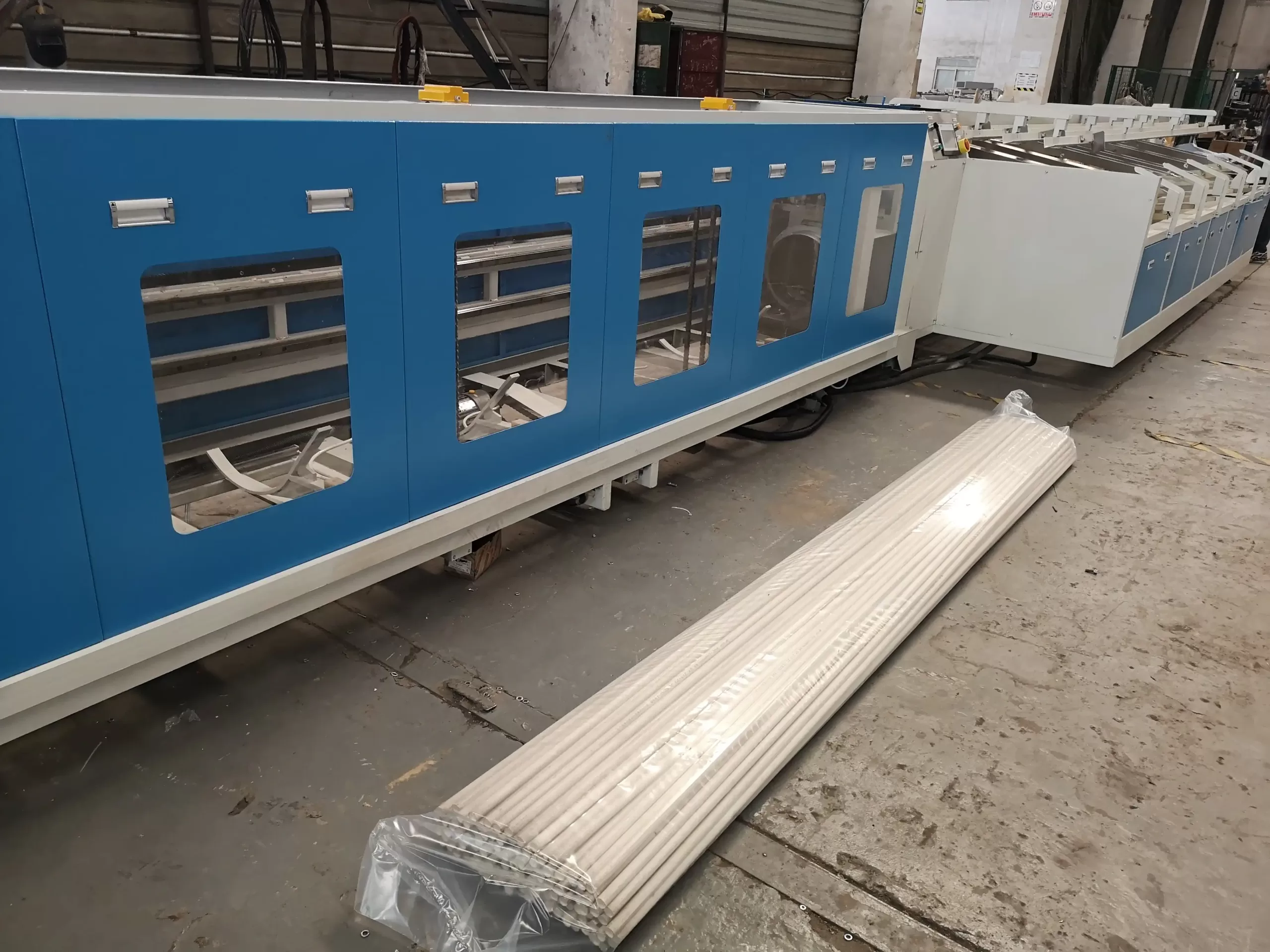
7. Seamless Integration: Fitting into Your Workflow
An effective tube bagging machine doesn't operate in isolation. Consider its integration capabilities:
- Upstream: Can it receive products directly from extrusion lines, cutting stations, or automatic bundling machines?
- Downstream: Does it interface smoothly with conveyor systems leading to storage areas or automated palletizers?
- Data Communication: Can the machine's control system communicate with a central plant management system (MES/SCADA) for monitoring and control?
Proper integration maximizes the overall efficiency gains across your production line.
8. See the Machine in Action:
Visualizing the process often clarifies the machine's capabilities. Watch this video demonstrating a typical tube bagging operation:
9. Choosing the Right Solution
Selecting the ideal tube bagging machine involves evaluating:
- Production Volume: Match the machine's speed and capacity to your output needs.
- Product Range: Ensure it handles the full spectrum of your pipe/tube dimensions and weights.
- Space Constraints: Verify the machine's footprint fits your available floor space.
- Budget: Balance initial investment against long-term ROI (labor savings, reduced damage, increased throughput).
- Supplier Support: Consider the manufacturer's reputation, installation support, training, and after-sales service.
Conclusion: A Strategic Investment for Tube Manufacturers
The customized tube bagging and sealing machine represents more than just packaging equipment; it's a strategic investment in product quality, operational efficiency, and workplace safety. By automating a critical end-of-line process, manufacturers can protect their products effectively, reduce costs, and enhance their competitive edge in industries ranging from construction to advanced manufacturing and global logistics.
For further information on integrated packaging solutions, consider exploring comprehensive systems like Automatic pipe bundle packing lines.
To discuss your specific pipe or tube packaging challenges, feel free to reach out:
info@fhopepack.com

